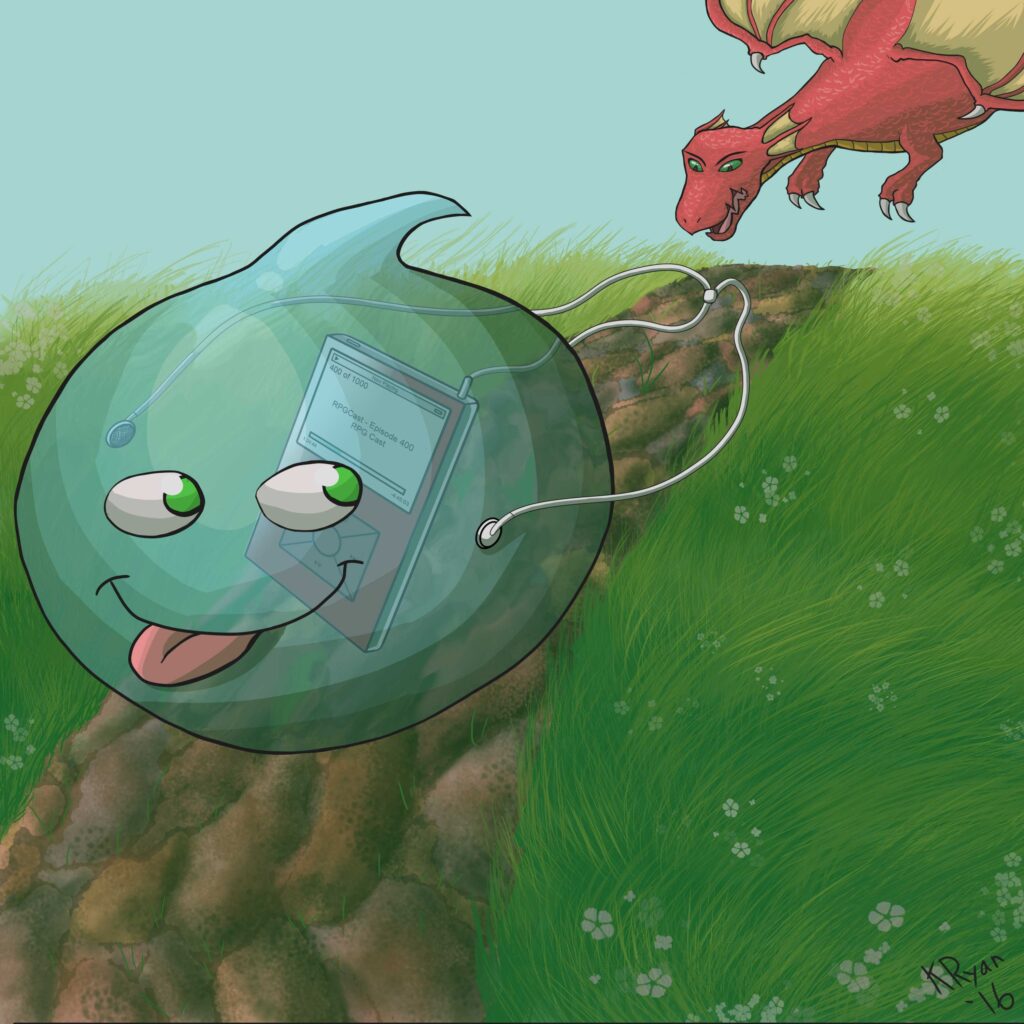Regulatory inaction on grid fees has stalled 3.5 GW of large-scale renewables in Croatia, mostly solar, with developers such as Solvis citing a lack of stable grid-connection rules as a barrier to planning and investment.
October 21, 2025
Blathnaid O’Dea
The Croatian energy regulator HERA’s persistent delay in setting the unit connection fee for renewable energy projects above 10 MW of capacity is directly impacting the country’s utility-scale PV sector. Earlier this year, the Croatian government announced a €0/kW connection fee and flexible contracts to stimulate investment in battery storage, but these measures have not been fulfilled.
Croatia-based solar developer Solvis, an engineering, procurement and construction (EPC) contractor, told pv magazine on Oct. 14 that the deadlock is directly affecting its business and the wider Croatian solar industry.
“Solvis believes that Croatia has enormous solar potential, but to fully unlock it, we urgently need a transparent, timely, and stable framework for grid connections,” said Jasmina Novak, project manager at Solvis. “As both an EPC provider and a developer of over 250 MWp of our own solar projects, Solvis is directly affected by the current situation with grid connection fees and the lack of clarity in defining them. These issues significantly slow down the development of renewable energy projects in Croatia and make it difficult for investors and EPC contractors to plan with confidence.”
Almost a month before Novak spoke to pv magazine, on Sept. 15, Renewable Energy Sources of Croatia (RES Croatia), SolarPower Europe and WindEurope wrote to the European Commission to urge immediate action over what they described as urgent concerns about the situation in Croatia’s renewable energy sector.
The letter’s authors said that while the European Union is working to accelerate renewable deployment, Croatia is moving in the opposite direction. “Large-scale projects have been blocked for years, investor confidence has collapsed, and systemic distortions in the balancing market are undermining fair competition.”
RES Croatia’s website states that about 60 projects with a combined capacity of 3.5 GW and a total value exceeding €3 million are blocked, and investors have already paid more than €25 million to the state in energy permits that will start expiring by the end of this year if no action is taken. The projects include solar, wind, geothermal and battery storage but are mostly solar, RES Croatia legal adviser Filip Kušević told pv magazine.
The letter urged the commission to call on the Croatian government to immediately unblock project development by requiring the energy regulator HERA to adopt a unit connection fee by Sept. 19, 2025. “This fee was legally required to be adopted as early as September 2022,” the letter said.
It added that the legal uncertainty “has already led to the withdrawal of several European companies from the Croatian market” and warned that multiple gigawatts of renewable projects could be abandoned if a unit connection fee is not implemented.
Persistent gridlock
Almost one month after the letter was sent to the European Commission, Solvis’ Novak said she had seen no change.
“High and unpredictable grid fees, together with long delays in obtaining connection terms, are among the main bottlenecks for the further growth of the solar sector,” she said. “This uncertainty reduces investment appetite and puts at risk the realization of many ready-to-build projects that could already be contributing to the energy transition.”
While Novak said Solvis is mostly project-oriented in Croatia, it is also a panel manufacturer active in several markets, having supplied more than 1 GW of solar modules (mostly building-integrated PV) to customers in more than 30 countries across Europe, North Africa, and North America.
“Exports in the last 10 years represent about 70% of the company’s total revenue,” said Novak, adding that although its Croatia business is mostly project-oriented, it does achieve a “certain market share with module sales despite Asian competition, especially on EU markets which recognize EU quality and through subsidies prefer EU products.”
Solvis has a production facility in Varaždin, Croatia, with a particular focus on building-integrated photovoltaics and other customized options. “Thanks to its own expanded and state-of-the-art production lines, today we have a production capacity of 350 MW, which will increase to 550 MW by the end of 2025,” said Novak.
In addition to the grid fees request, the letter from RES Croatia, SolarPower Europe, and WindEurope also requested the European Commission’s intervention to open Croatia’s balancing markets to renewable producers that are currently unable to participate. The letter recommended integrating battery storage and electrification into Croatia’s national planning strategy in line with European Union goals.
The November print edition of pv magazine features an in-depth look at the Croatian and Albanian solar PV markets. Click here to get your copy, out November 3.
This content is protected by copyright and may not be reused. If you want to cooperate with us and would like to reuse some of our content, please contact: editors@pv-magazine.com.
Popular content
https://www.pv-magazine.com/2025/10/21/res-croatia-solar-utility-scale-grid-access-european-commission-solvis-epc-developers/




